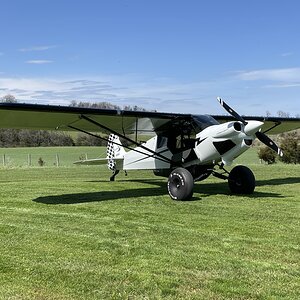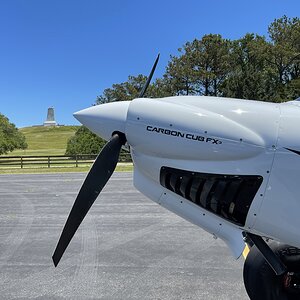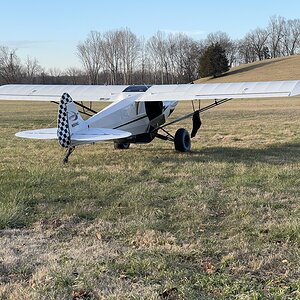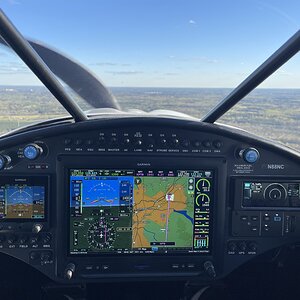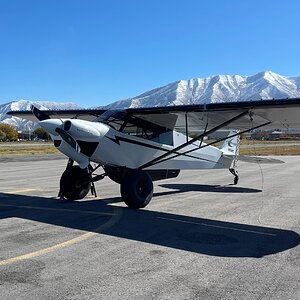TankerDriver
Well-known member
- Joined
- Oct 27, 2005
- Posts
- 117
Hmm... ok. I'm just wondering why, if they were able to successfully shut the engine down, solving the reverser problem, they elected not to gain some altitude, go into holding, dump fuel to get lighter, get situated with the approach and avionics setup and then come back for a lighter weight landing. Of course armchair quarterbacking is easy, but I'm just trying to figure out the chain of events that led to, what seems like, a rushed, heavyweight 3 engine approach. All other malfunctions aside, shutting down 1 engine on a 4 engined jet should not necessitate a rushed approach.
How is the performance of the C-5 at these weights on 3 engines?
How is the performance of the C-5 at these weights on 3 engines?

